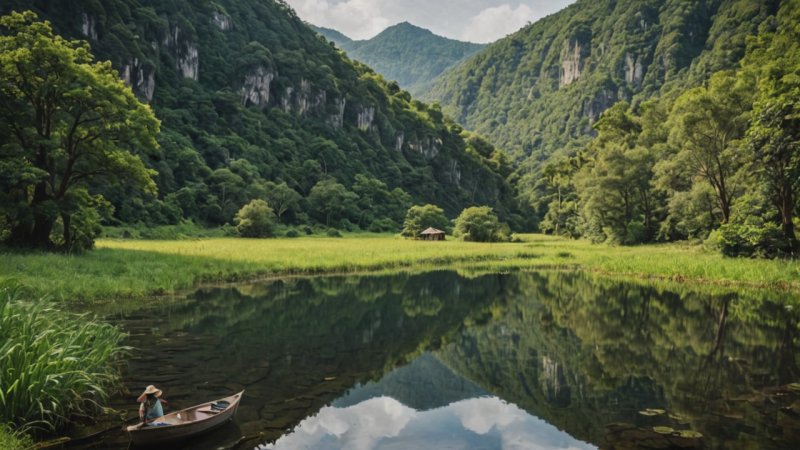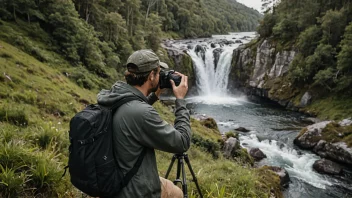In a world where popular destinations often overshadow hidden gems, traveling off the beaten path presents unique opportunities for adventure and discovery. In this article, you will learn how to embrace eco-friendly travel by exploring lesser-known locations, the benefits of doing so, and practical steps to plan your journey. Get ready to step outside the usual tourist traps and immerse yourself in authentic experiences that are not only good for you but also good for the planet.
Step 1: Research Lesser-Known Destinations
Begin your journey by exploring destinations that are not typically highlighted in travel brochures or popular travel blogs. Use resources such as local travel forums, eco-tourism websites, and social media platforms to find recommendations from fellow travelers. Look for places that offer unique cultural experiences, natural beauty, and opportunities to engage with local communities.
Step 2: Consider Your Travel Style
Decide how you want to travel. Whether you prefer hiking, biking, or exploring by car, ensure your mode of travel aligns with your eco-friendly goals. Think about sustainable options like public transport, renting bicycles, or even walking. These choices not only reduce your carbon footprint but also allow you to connect better with your surroundings.
Step 3: Prioritize Sustainable Accommodations
When selecting where to stay, prioritize eco-friendly accommodations. Look for hotels, hostels, or guesthouses that implement green practices, such as energy conservation, waste reduction, and supporting local businesses. Websites dedicated to eco-friendly lodging can help you find the right place that fits your values.
Step 4: Engage with Local Communities
One of the most rewarding aspects of traveling off the beaten path is the chance to engage with local cultures. Participate in community-led tours, workshops, or cultural exchanges. This not only enriches your travel experience but also supports local economies and helps preserve their way of life. Always ask for permission before taking photos and be respectful of local customs.
Step 5: Explore Nature Responsibly
Nature is often the main draw of lesser-known destinations. When exploring, practice responsible tourism by following the Leave No Trace principles. Stay on marked trails, avoid disturbing wildlife, and pack out what you pack in. By doing so, you help preserve these beautiful places for future travelers.
Step 6: Embrace Flexibility
Off-the-beaten-path travel often comes with unexpected surprises. Be open to changing your plans as you discover new opportunities along the way. Embracing spontaneity can lead to delightful experiences that you wouldn’t have encountered otherwise. Whether it’s a local festival or a scenic detour, allow yourself to enjoy the journey rather than just the destination.
Step 7: Reflect and Share Your Experiences
After your journey, take some time to reflect on your experiences. Consider how your travels impacted you and the local community you visited. Sharing your story through blogs, social media, or word of mouth can inspire others to travel responsibly and explore lesser-known destinations. Your insights can help foster a greater appreciation for eco-friendly travel.
In summary, traveling off the beaten path offers numerous benefits, including authentic experiences, deeper connections with local cultures, and a positive impact on the environment. By following these steps—researching lesser-known destinations, considering your travel style, prioritizing sustainable accommodations, engaging with local communities, exploring nature responsibly, embracing flexibility, and sharing your experiences—you can embark on an enriching journey that not only satisfies your wanderlust but also contributes to a more sustainable planet. Happy travels!






